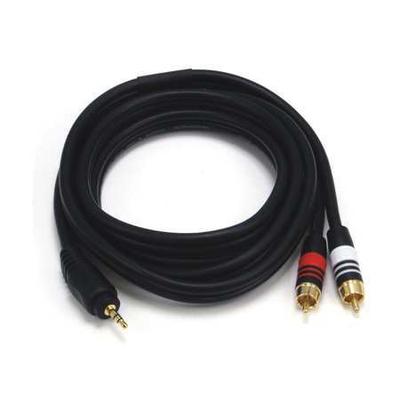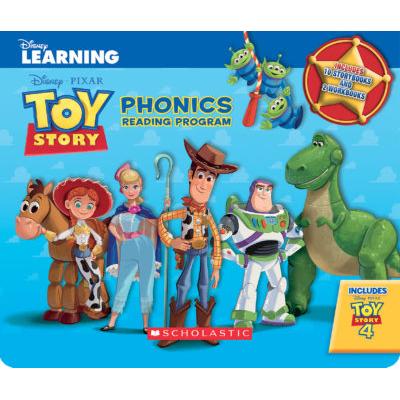Causes and symptoms of distal spinal muscular atrophy type 1

Despite the progress in the field of medical science, the cause and cure of certain diseases remain shrouded in mystery. One such ailment that affects infants and children is spinal muscular atrophy (SMA). There are three types of SMA, and out of these, distal spinal muscular atrophy type 1 is the most formidable. It is usually diagnosed in the first six months of life and, unfortunately, has a poor prognosis. Children diagnosed with distal spinal muscular atrophy type 1 are always at the risk of developing complications that can worsen their already fragile conditions.
Distal spinal muscular atrophy type 1 is a serious condition, and the fact that there are no proper treatment methods for the same makes it more challenging. Acquainting yourself with the perils of this condition will be a good place to start with to learn how to manage this condition.
What is distal spinal muscular atrophy type 1?
Distal spinal muscular atrophy type 1, also known as spinal muscular atrophy with respiratory distress type 1 (SMARD1), is an inherited condition that is characterized by the weakening of the muscles, leading to respiratory failure that usually begins in infancy. The symptom of this condition surfaces between the ages of six weeks and six months, and it is imperative to know that children and adults experience the symptoms of this condition differently.
What are the causes of distal spinal muscular atrophy type 1?
As mentioned earlier, the distal spinal muscular atrophy type 1 is an inherited condition. The child develops this condition when it receives two copies of the broken gene from each parent, and this prevents the body from producing a particular type of protein, which is instrumental in controlling the muscles. Without this protein, the cells that control the muscles die, due to which the child experiences a sudden inability to breathe. This occurs since the muscles that separate the abdomen from the chest cavity is paralyzed.
What are the symptoms of distal spinal muscular atrophy type 1?
Children who are affected by distal spinal muscular atrophy type 1 depict the following symptoms.
- Children with this condition have hypotonia (low muscle tone) and low muscle strength. Thus, they are called “floppy” babies since they cannot handle their own body weight.
- Moreover, a baby diagnosed with this condition cannot support or lift its head and cannot roll over or sit upright since its muscles are quite weak.
- They experience difficulty in swallowing their own saliva or milk, and the effort to do so often makes them cough. Since they cannot feed properly, they cannot gain weight; this, in turn, results in weakness. This condition results in a vicious circle that weakens the child either way.
- Babies with distal spinal muscular atrophy type 1 have a weak cry and face breathing issues due to their weak muscles.
Irrespective of the fact that this condition is quite severe, it doesn’t affect the brain. So, the child’s mental health remains unaffected.
Recent Articles
Recent Questions
What kind of life insurance builds cash value?
The rest of the premium payment will go toward your policy's cash value. The life insurance company generally invests this money in a conservative-yield investment. As you continue to pay premiums on the policy and earn more interest, the cash value grows over the years.
What is meant by insurance plans?
An insurance plan is the one that consists of a premium amount and other components used in getting a product insured. There may be various types of insurance plans with varying terms and policies.
What are the common components of insurance?
The most important components of most insurance plans are the premium and the contract. Anything written in the contract becomes its crucial component.
What are the various types of insurance policies?
There are various kinds on insurance policies that are available on various assets. Auto, health, commercial vehicle, and travel insurance are some of the popular types of insurance policies.








